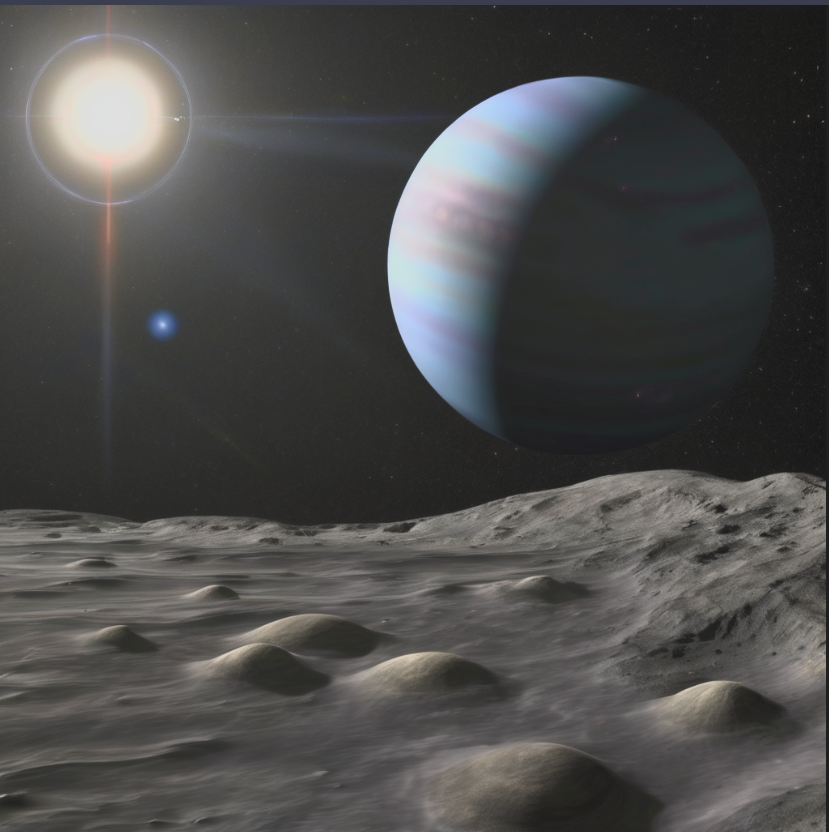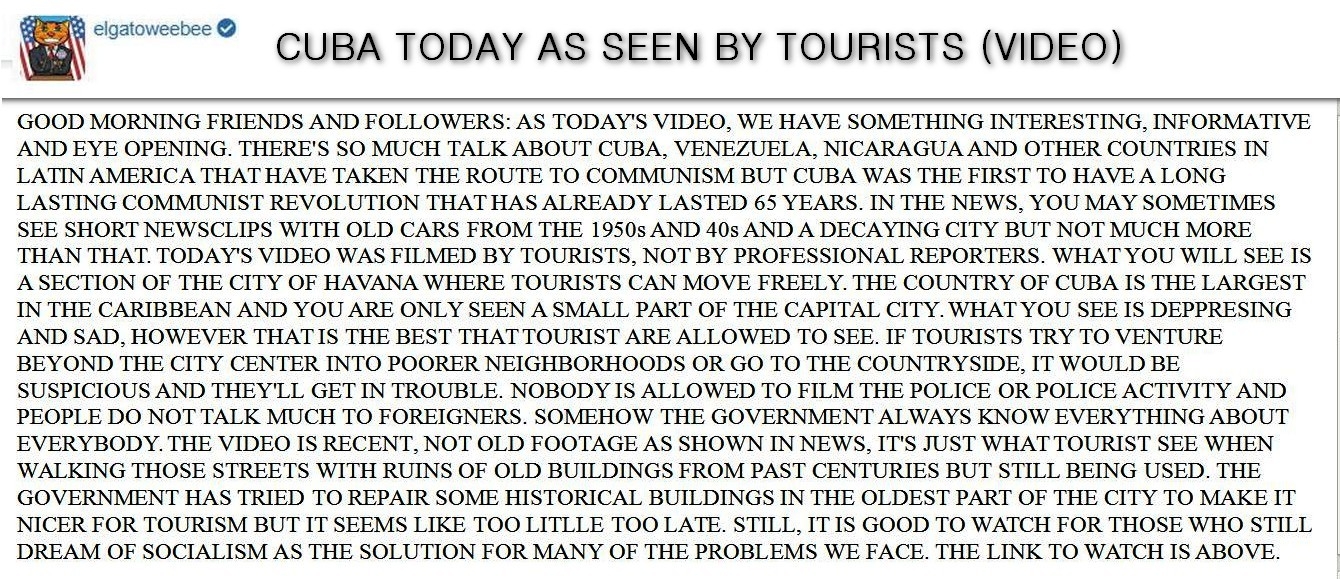The chocolate collected in the fields and eaten
Today, most of the chocolate we eat comes from farms in Africa, which has a similar equatorial climate to Central and South America.
West Africa, particularly countries like Ivory Coast, Ghana, Nigeria, and Cameroon, is the leading producer of cocoa beans, which are the primary ingredient in chocolate. The region's climate and soil conditions are well-suited for growing cocoa trees, which thrive in the warm, humid conditions found near the equator. Cocoa beans are harvested from these trees and then processed into various forms of chocolate that we enjoy today.
The history of chocolate dates back to Mesoamerica, where fermented beverages made from cacao seeds were consumed as early as 1900 BCE to 1500 BCE. The Mexica people considered cacao seeds to be a valuable gift from the god of wisdom, Quetzalcoatl, and even used them as a form of currency. Initially, chocolate was prepared as a bitter drink mixed with spices or corn puree and was believed to have aphrodisiac properties and provide strength. Over time, sugar was added to chocolate, and it became popular in Europe, first among the ruling classes and later among the common people. In the 20th century, chocolate became an essential part of the rations for United States soldiers during wars
The history of chocolate is a fascinating journey that spans thousands of years and involves ancient civilizations, cultural exchange, and evolving tastes. Let’s delve into the rich history of this beloved treat:
Origins in Mesoamerica:
Maya and Olmecs: The roots of chocolate can be traced back to the ancient Maya and even earlier to the Olmecs of southern Mexico. These civilizations were familiar with cacao trees and their fruit—the pods containing around 40 cacao beans.
The Olmecs likely used cacao to create a ceremonial drink, although opinions differ on whether they used the beans or just the pulp of the cacao pod.
Mayan Chocolate: The Maya revered chocolate, using it in celebrations, important transactions, and daily meals. Their chocolate was thick, frothy, and often combined with chili peppers, honey, or water.
Aztec Adoration: The Aztecs believed that cacao was a divine gift. They enjoyed caffeinated hot or cold chocolate beverages in ornate containers and even used cacao beans as currency. Aztec chocolate, known as “xocolatl,” was considered more valuable than gold. The Aztec ruler Montezuma II was allegedly a fervent chocolate lover, consuming gallons of xocolatl daily for energy and as an aphrodisiac.
European Transformation:
Introduction to Europe: European explorers encountered chocolate during their travels in the New World. Initially, it remained a bitter beverage, but its popularity grew among European courts and colonial America.
Sweet Evolution: Over time, sugar was added to chocolate, transforming it into the sweet, rich-tasting treat we know today. Chocolate became universally loved and widely consumed.
Modern Era:
Global Commodity: Chocolate’s journey continued through the centuries, becoming an essential part of our lives. From chocolate bars to truffles, it has become a global commodity enjoyed by people of all ages.
In summary, chocolate’s history is a blend of ancient rituals, cultural significance, and delightful indulgence—a testament to human creativity and taste.
The chocolate collected in the fields and eaten
Today, most of the chocolate we eat comes from farms in Africa, which has a similar equatorial climate to Central and South America.
West Africa, particularly countries like Ivory Coast, Ghana, Nigeria, and Cameroon, is the leading producer of cocoa beans, which are the primary ingredient in chocolate. The region's climate and soil conditions are well-suited for growing cocoa trees, which thrive in the warm, humid conditions found near the equator. Cocoa beans are harvested from these trees and then processed into various forms of chocolate that we enjoy today.
The history of chocolate dates back to Mesoamerica, where fermented beverages made from cacao seeds were consumed as early as 1900 BCE to 1500 BCE. The Mexica people considered cacao seeds to be a valuable gift from the god of wisdom, Quetzalcoatl, and even used them as a form of currency. Initially, chocolate was prepared as a bitter drink mixed with spices or corn puree and was believed to have aphrodisiac properties and provide strength. Over time, sugar was added to chocolate, and it became popular in Europe, first among the ruling classes and later among the common people. In the 20th century, chocolate became an essential part of the rations for United States soldiers during wars
The history of chocolate is a fascinating journey that spans thousands of years and involves ancient civilizations, cultural exchange, and evolving tastes. Let’s delve into the rich history of this beloved treat:
Origins in Mesoamerica:
Maya and Olmecs: The roots of chocolate can be traced back to the ancient Maya and even earlier to the Olmecs of southern Mexico. These civilizations were familiar with cacao trees and their fruit—the pods containing around 40 cacao beans.
The Olmecs likely used cacao to create a ceremonial drink, although opinions differ on whether they used the beans or just the pulp of the cacao pod.
Mayan Chocolate: The Maya revered chocolate, using it in celebrations, important transactions, and daily meals. Their chocolate was thick, frothy, and often combined with chili peppers, honey, or water.
Aztec Adoration: The Aztecs believed that cacao was a divine gift. They enjoyed caffeinated hot or cold chocolate beverages in ornate containers and even used cacao beans as currency. Aztec chocolate, known as “xocolatl,” was considered more valuable than gold. The Aztec ruler Montezuma II was allegedly a fervent chocolate lover, consuming gallons of xocolatl daily for energy and as an aphrodisiac.
European Transformation:
Introduction to Europe: European explorers encountered chocolate during their travels in the New World. Initially, it remained a bitter beverage, but its popularity grew among European courts and colonial America.
Sweet Evolution: Over time, sugar was added to chocolate, transforming it into the sweet, rich-tasting treat we know today. Chocolate became universally loved and widely consumed.
Modern Era:
Global Commodity: Chocolate’s journey continued through the centuries, becoming an essential part of our lives. From chocolate bars to truffles, it has become a global commodity enjoyed by people of all ages.
In summary, chocolate’s history is a blend of ancient rituals, cultural significance, and delightful indulgence—a testament to human creativity and taste.










